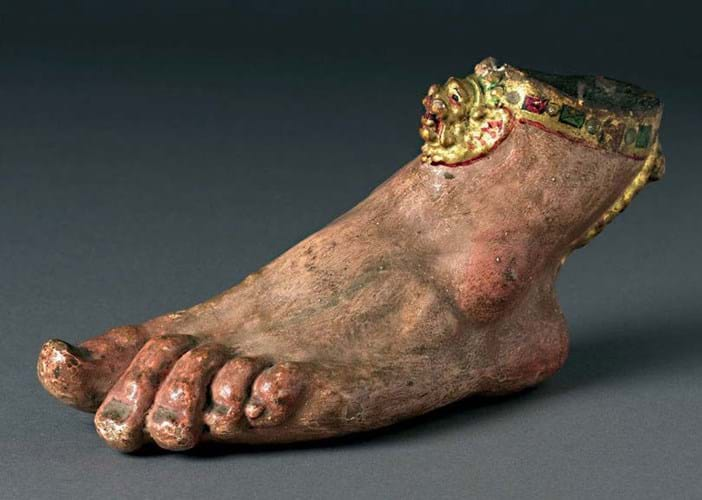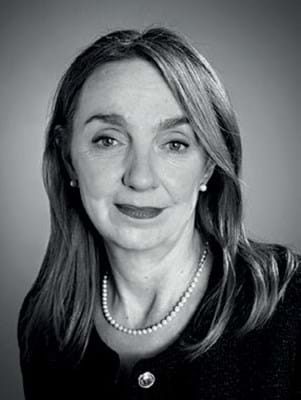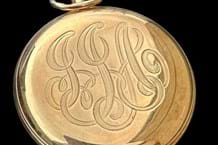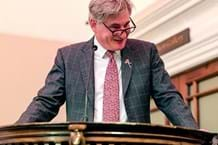
The terracotta, painted and gilded foot, attributed to Johan Gregor van der Schardt (c. 1530/31-c.1581), and made c.1560-70s in Italy or Nuremberg. The foot was donated by dealer Danny Katz from his personal collection to the Ashmolean under the Cultural Gifts Scheme in 2017 in honour of Professor Timothy Wilson on his retirement as Keeper of the Department of Western Art.
Anastasia Tennant launched Tennant McQuillan with her former boss Gerry McQuillan, and the Arts Council is one of its first clients.
The firm also advises on the various tax reliefs and concessions available in this area. Among these is corporate gifts via which a number of art and antiques dealers have donated. Here Tennant explains how this system works.
“Over the years governments have introduced various encouragements to make contributing to the preservation of our cultural heritage more attractive to businesses and individuals. These are spread over a wide area of legislation and often in a language which is highly technical and requires specialist knowledge to interpret.
“Gifts and sales by individuals or trusts are a separate but related subject (which we also advise on).
“While corporate gifts of cash, shares, buildings and land have attracted tax relief since the early 2000s, it was not until 2012 that a tax incentive was introduced for gifts of art or other cultural property to UK museums and public bodies. This was the Cultural Gifts Scheme.
“The relief operates as a tax reduction (not a tax credit) and is based on a set percentage of the value of the item donated which is 20% for companies. It is offset against their corporation tax in the accounting year in which the gift is registered.”
Dealer presentations
“Since the first gift in 2013, there have been 12 gifts from companies: 10 by art dealers, including Danny Katz, Sam Fogg and Bowman Sculpture. These dealers have donated items in honour of curators or as tokens of appreciation to our museums for their ‘commitment to research, publication and teaching’.
“Dealers have also given from their personal collections: James Mayor gave a painting by Lurçat to the Scottish National Gallery of Modern Art in honour of its chief curator, Keith Hartley, to mark his retirement.
“Objects offered have to be pre-eminent, which includes association with a significant building such as one in the ownership of the National Trust. There is no requirement that the object donated must have been owned by the donor for a minimum period nor does it have to be of a certain age.
“If, for example, somebody wishes to buy David Hockney’s most recently painted work and donate it the next day to the nation it will be eligible to be considered. Similarly, if someone wants to buy an item under export deferral and donate it under the scheme there is no bar.
“Objects that are jointly owned cannot currently be offered under this scheme. We were able to establish, however, that if they have the potential to be divided into a discrete wholly owned entity, like bound manuscripts which can be disbound and shared equally between the co-owners, this is sufficient to allow their acceptance without the necessity of actually performing the operation.
“Although the benefits in the UK for corporate gifts are not as high as they are in France, the CGS does offer a way in which the trade can provide a token of its appreciation to the world-class scholarship of our curators and benefit museums.
“We were quick to spot an opportunity for tax-free corporate private sales to UK museums afforded by a change in the legislation in 2009. Such sales had long been tax free for individuals and trustees. From 2009 a disposal by a corporate body does not give rise to a corporation tax liability on the gain. Instead of HMRC collecting the tax, the remission is shared between the vendor and the museum purchaser so the former nets more and the museum pays less. We advised on the first such sale: the Wolsey Angels to the V&A in 2015.”
Mark of civilisation
“Investment in our world-class museums is, as Sir Nicholas Goodison said in his recommendations to Treasury in 2004, Securing the Best for our Museums: Private Giving and Government Support, ‘a mark of an advanced civilised society’.
“The government provides an annual pot of £40m from its tax collection which has not been used in full since 2020. It enables outstanding works of art to be acquired at little or no cost to the museums and full use should and can be made of it.”

















